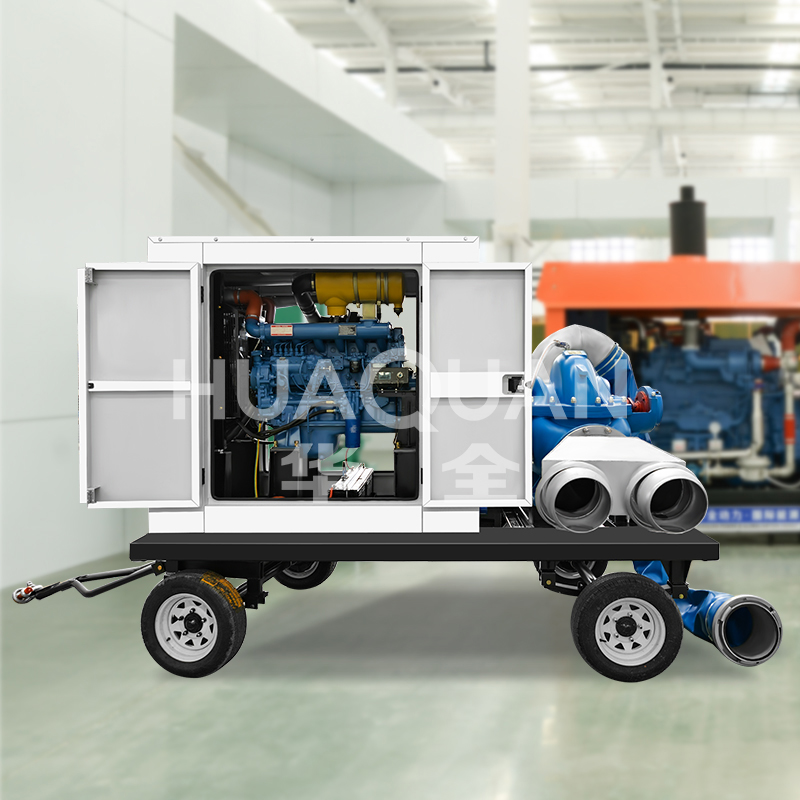2025-09-30Browse Index:
Flood control water pump is crucial tools for managing accumulated water in emergency situations. To ensure their reliable performance and service life, users must follow key operating principles. The following introduction is provided for user reference.

Function of a Flood control water pump:
A Flood control water pump is a drainage device designed to handle flood disasters. By quickly pumping out accumulated water, it reduces the risk of flood damage to cities, farmland, or infrastructure.
Usage Guidelines of Flood Control Water Pump:
1. Pre-Operational Checks
Before activating the Flood control water pump, inspect the power source, hoses, and impeller for damage. Ensure the Flood control water pump is placed on stable ground to prevent vibrations. Submersible models should be fully submerged before startup, while non-submersible units require proper priming to avoid dry running.
2. Safe Operation Practices
Avoid overloading the Flood control water pumpby matching its capacity to the water volume.
Keep debris away from the intake to prevent clogging.
Monitor the pump’s temperature during prolonged use to prevent overheating.
3. Post-Use Maintenance
After deployment, rinse the Flood control water pump with clean water to remove silt and contaminants. Store it in a dry, ventilated area to avoid corrosion. Regular maintenance, such as oil changes for gear-driven models, extends its lifespan.
4. Emergency Preparedness
Always have backup power options (e.g., generators) for Flood control water pump, as power outages are common during floods. Test the pump periodically to ensure readiness.
By following these guidelines, users can maximize the efficiency and reliability of their Flood control water pump, safeguarding communities against water-related disasters.
More information about Flood control water pump:https://huaquanpower.com/





